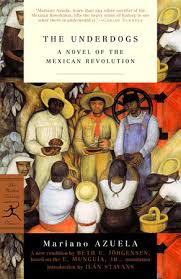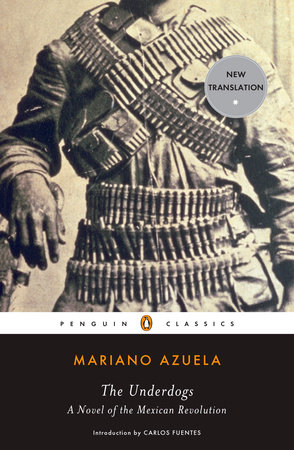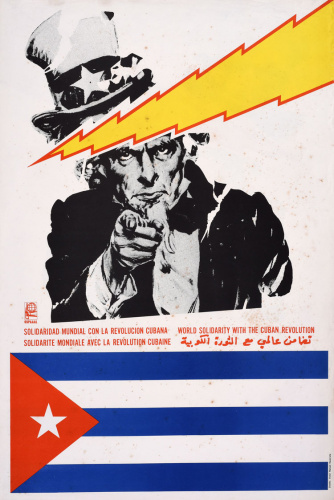Azuela
How do the male and female characters treat Camila differently from each other throughout the novel?
The men in The Underdogs by Mariano Azuela primarily treat Camila as an object that can be one, discarded, or traded. From the very first time Demetrio Macias met Camila on page 17 of the novel, he wanted to have her, but when he made an advance, he scared her away and was told by the other men that he would have to break her in first. Even though Luis Cervantes does not like Camila, he also treats her as an object that can be bartered in order to make him better off. Towards the end of the novel, he offers to go back for Camila in exchange for a gold watch from Macias (p. 93). Cervantes tricks her into thinking that he has come back for her, and then takes her back to Macias, betraying her trust.
While the other female characters in the novel do not objectify Camila in the same way, they still treat her like she is ignorant and foolish for her choices and feelings towards the men. War Paint, Maria Antonia, and Senora Agapita all treat Camila with kindness at first, but then turn on her when she makes choices that they would not have made. Towards the beginning of the novel, for example, Senora Agapita covers for Camila when she chooses not to attend the dance, but when she is still heartbroken in the morning yells at her to get on with her life (p. 47). In the same passage, when Maria Antonia finds her crying, she beats Camila to try and rid her of bad spirits and her lovesickness (p. 47). At the end of the novel, War Paint tries first to protect Camila and makes plans for her to return home, but when Camila chooses to stay and begins to fall for Macias, War Paint turns on her, becoming increasingly coldhearted until she ends up killing her to spite Macias on page 108.
These attitudes towards Camila stem from her low position as an unmarried girl during this period. While the older women in the novel might sympathize with her somewhat at first, they also are influenced by the misogynistic society that treats young women as objects without their own real thoughts or opinions. Her presence in the novel is also not to provide her with her own story arc but rather to use her to further the story arcs of both Macias and War Paint, giving her character a low status within the mostly male-centered plot.






